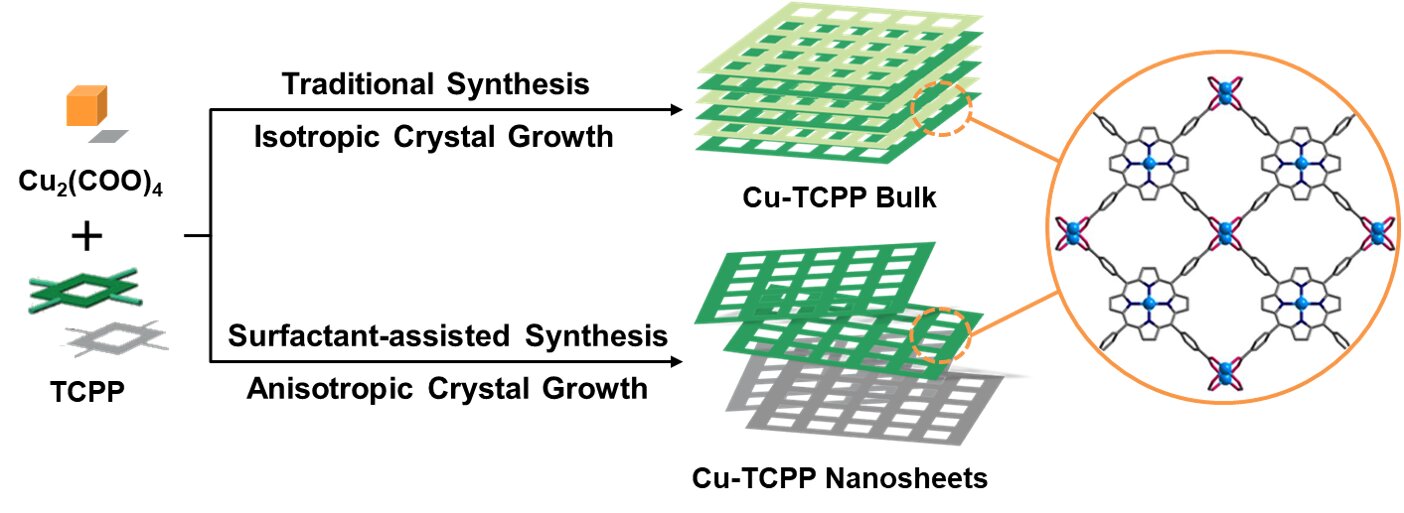#Prediction tool developed to determine benefit of blood cancer treatment

Table of Contents

Since its introduction in 2015, a prediction tool developed by the European Society of Medical Oncology (ESMO) has been providing support worldwide in the assessment of the clinical benefits of new cancer therapies. However, previously available versions proved unsuitable for use with malignant diseases of the blood, such as different types of leukemias or lymphomas.
But now this gap has been filled: an international research team with the lead author from MedUni Vienna has succeeded in developing a prediction tool for blood cancer therapies. The study has just been published in the Annals of Oncology.
In their research, first author Barbara Kiesewetter from the Division of Oncology at MedUni Vienna’s Department of Medicine I and an international scientific team used the tool introduced in 2015 to quantify the clinical benefit of new cancer therapies. Known as the ESMO-Magnitude of Clinical Benefit Scale (EMSO-MCBS), it was developed by the European Society for Medical Oncology and revised in 2017.
To this day it is still recognized among experts as the best validated tool for assessing the potential clinical benefit of new cancer therapies, and is widely used internationally. Evaluation is carried out with the help of a validated algorithm; in addition to survival data and therapy response, side effects and other potentially adverse impacts on patients’ quality of life are also recorded. The aim is to provide a transparent assessment showing which new therapies need to be introduced into routine clinical practice as quickly as possible.
Eliminating inequalities in cancer care
Until now, tested versions of the ESMO-MCBS had only been available for use in conjunction with solid tumors such as lung, liver, breast, prostate, colorectal and skin cancer. Making up around 90% of cases, these represent the largest group of cancers. “In view of the very rapid development of numerous new therapies, which are also being used to treat hematological malignancies, we felt that there was an urgent necessity to develop a version that could be used specifically for these types of cancer,” commented Kiesewetter, explaining the point of departure behind the research.
The need for a separate version of the ESMO-MCBS for blood cancers reflected the fact that there are significant differences between the behavior of blood diseases and those of solid tumors. A pilot study published in 2020 identified the factors that required specific changes before the ESMO-MCBS could be used appropriately with hematological diseases. These have now been incorporated into the final version of the ESMO-MCBS:H prediction tool, making it applicable to all major hematological malignancies.
“The hematology scale is now ready for immediate use and will support achievement of the common goal of the European Societies of Oncology and Hematology to identify new treatments that offer major therapeutic benefits for patients. Another important concern is to eliminate inequalities in the treatment of cancer patients in Europe through objective evaluation,” Kiesewetter added.
The prediction tool developed and validated in the study (ESMO-MCBS:H v1.0) fills a gap when it comes to reliable quantification of the benefits of new cancer drugs, in another milestone reached by researchers in the improved care of cancer patients in Europe.
More information:
B. Kiesewetter et al, ESMO-Magnitude of Clinical Benefit Scale for Haematological Malignancies (ESMO-MCBS:H) Version 1.0, Annals of Oncology (2023). DOI: 10.1016/j.annonc.2023.06.002
Citation:
Prediction tool developed to determine benefit of blood cancer treatment (2023, June 20)
retrieved 20 June 2023
from https://medicalxpress.com/news/2023-06-tool-benefit-blood-cancer-treatment.html
This document is subject to copyright. Apart from any fair dealing for the purpose of private study or research, no
part may be reproduced without the written permission. The content is provided for information purposes only.
If you liked the article, do not forget to share it with your friends. Follow us on Google News too, click on the star and choose us from your favorites.
For forums sites go to Forum.BuradaBiliyorum.Com
If you want to read more Like this articles, you can visit our Science category.




